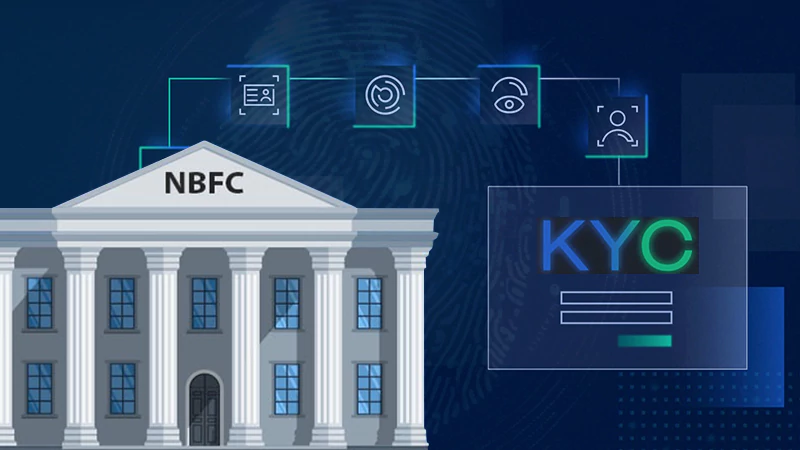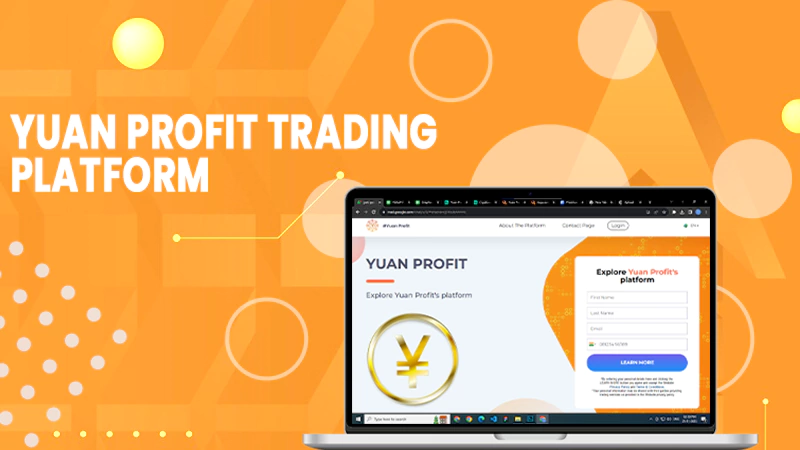Effective Strategies for Managing Cash Flow in Small Businesses
Managing the finance of a small business might seem a seamless task. But oftentimes, it becomes complex to keep up with all the steps that help you manage cash flow in the business.
Cash flow is the money that moves in and out of the business i.e., the summation of both cash inflow and cash outflow. When there’s a positive cash flow, it means your company is earning more than the amount spent (i.e., cash inflow is more than cash outflow). But negative cash flow occurs when the company earns less than the amount spent (i.e., cash outflow is more than cash inflow).
So, formulating an effective strategy is the foundation for managing cash flow effectively.
This comprehensive post outlines effective tips for managing and monitoring cash flow for small businesses.
Use Accounting Software to Send Invoices
Accounting software can keep track of invoices and remind you of pending payments. The accounting software solution also addresses issues accurately by offering key features to simplify invoicing. If you wait for the invoice for a longer timeframe, you will have to wait more for the money to arrive in the account.
Outstanding payments are more difficult to collect, once the payment window is crossed the customer can go delinquent and it will take a long time to receive the money. So, sending dunning emails (or reminder emails) periodically is imperative. But the invoice should be sent with the QR codes or payment links so that it becomes more seamless for your customers to make payments to you with their preferred payment mode.
Include Various Payment Methods
As soon as the client gets the invoice, they will be ready to make the payment. So, you need to ensure that there are multiple payment methods for the clients to make their payments on time and in their preferred mode. If your business does not accept multiple payment options, you may need to wait longer for the amount to arrive in the business account.
Have an Emergency Account
Despite running smoothly, your business should have some reserved emergency funds. Keep a small amount of money aside every month and deposit it in your emergency account. What if there are potential cash blockage issues? In such circumstances, this emergency fund becomes the savior solution during crucial times and helps you stay afloat.
Implement a Billing Application
The best way to manage your cash flow is by taking advantage of technological solutions. Note that it also keeps track of your company’s financial performance. Suppose you need invoices for your services or products.
Accessing billing software helps you track payment receipts from clients against the issued invoices. With more features included in the finance app, the app can also manage your establishment’s bookkeeping. Make a well-informed decision by choosing an app that can simplify your cash flow management at a quicker pace.
Restructuring the Payments
One effective strategy for managing cash flow is to restructure your payments to suppliers, vendors, and freelancers. By strategically adjusting payment schedules, you can create a more balanced and healthy financial situation for your business. Here are some steps to consider.
- Negotiate payment terms: Communicate with your suppliers and vendors to negotiate payment terms that align with your cash flow cycle. Request extended payment periods or staggered payments that give you more time to generate revenue before paying your expenses.
- Prioritize essential payments: Identify critical payments that must be made promptly to maintain your business operations smoothly. Prioritize these payments while managing the timing of non-essential ones.
- Delay non-critical expenditures: If possible, postpone non-essential expenses to times when your cash flow is more robust. This approach can help prevent unnecessary cash outflow during periods of tight finances.
- Maintain professional relationships: While restructuring payments, it’s crucial to maintain open communication and professionalism with your suppliers and vendors. Honesty about your cash flow situation can foster understanding and cooperation.
- Utilize vendor financing: Some suppliers may offer financing options or credit terms to customers. Utilizing vendor financing can provide temporary relief during cash flow challenges.
- Explore invoice financing: If your business faces delayed customer payments, consider invoice financing options. Invoice financing allows you to receive a percentage of the invoice amount upfront from a lender, reducing the impact of late payments on your cash flow.
- Align payments with revenue: Align your payment schedules with your revenue streams. If possible, time payments coincide with peak revenue periods, which can help ensure you have sufficient funds to cover expenses.
Updating and Reevaluating the Operations
Did you know certain parts of your business can be reevaluated to increase efficiency? They may include the following:
- Shipping costs
- Use of middlemen
- Allotted overtime
- Marketing returns
- Overdue invoices
- Stocking up on materials when rates are low
Leasing Instead of Purchasing
Despite being a less costly option for the long term, purchasing new products and equipment for your business is expensive. On the contrary, leasing the equipment lessens the financial burden.
You do not have to sell out old equipment because you are leasing them. As a result, you don’t have to spend a lump sum amount of cash on buying them.
Follow Us
Latest Post
















